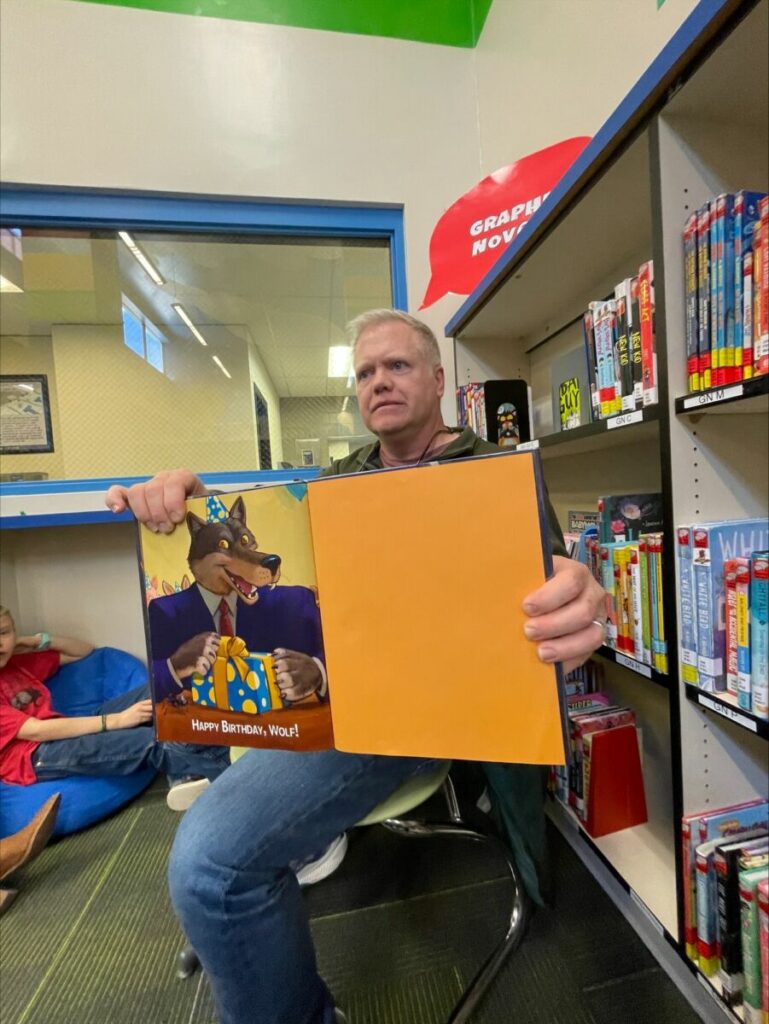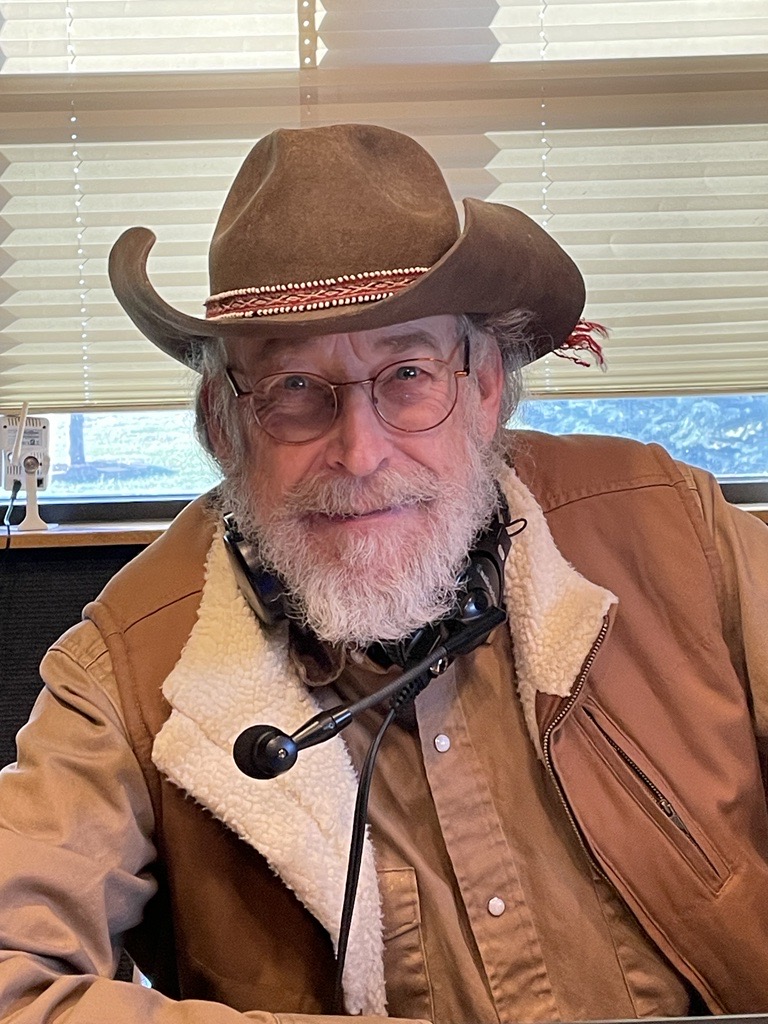Cody: Big Horn Avenue Corridor Study Meeting Gets Passionate
Written by Andrew-Rossi on October 27, 2022
After evaluating current traffic and future growth, the future of Big Horn Avenue could be one with multiple traffic signals and pedestrian crossings flanked by roundabouts on either end.
A small but invested crowd gathered in the Cody Middle School commons area on Wednesday at 5:15 p.m. This was the first of two public information sessions on the ongoing but soon-to-be-concluded Big Horn Avenue Corridor Study to find ways for community members to cross the five-lane highway safely.
Stations were situated across the room, each one detailing a section of Big Horn Avenue and a list of possible pedestrian crossing solutions. The scope of the study was immediately apparent, with timelines of implementation reaching several years into the future: 2029, 2030, 2033.
Community members were joined by an entourage of officials from the multiple agencies that are and will be collaborating to implement solutions.
- Todd Stowell, Cody’s City Planner
- Vernon Orndorff, Superintendent of Park County School District #6
- Todd Frost, W.Y.D.O.T. Resident Engineer
Multiple Park #6 School Board Trustees were also in attendance.
Stowell was the first speaker of the evening. He thanked the over 30 people for attending the session and applauded the over 700 survey responses the Stantec team received from the community.
The meeting was led by Ben Weaver, a Senior Transportation Engineer/Land Surveyor with Stantec. He led the audience through a 20-minute PowerPoint presentation showcasing the progress of the Big Horn Avenue Corridor Study.
Change is imminent on Big Horn Avenue – W.Y.D.O.T. is already planning to place a traffic signal at Blackburn Street in the not-too-distant future.
Weaver took time to showcase two different kinds of pedestrian crossings. Either could be constructed on Big Horn Avenue.
A Rectangular Rapid Flashing Beacon (R.R.F.B.) is more like a traditional crosswalk. The pedestrian crossing by Cody High School would be an apt comparison.
A Pedestrian Hybrid Beacon (P.H.D.) is functionally – but not exactly – like a traffic signal. Flashing yellow and red lights inform drivers to slow down or stop like a traffic signal. However, vehicles can proceed once the crosswalk is clear of pedestrians.
Implementing any solution will be expensive. Thankfully, most of that cost will come from W.Y.D.O.T. since Big Horn Avenue is also a state highway.
A complete list of possible and proposed changes for the busiest intersections along Big Horn Avenue is published below:
Belfry Highway
Stantec’s analysis recommends no immediate changes to this area, as the traffic volume isn’t high enough to be concerning. However, when changes are “warranted,” Stantec recommended either a traffic signal or a roundabout.
19th Street
Stantec recommends either an R.R.F.B. or a P.H.B. be constructed.
Blackburn Street
W.Y.D.O.T. is already planning to place a traffic signal at the intersection of Big Horn Avenue and Blackburn Street. However, a timeline for construction and opening is currently unavailable.
Freedom and Robert Streets
The streets adjacent to Cody Middle School were of the most concern to the assembled audience. However, solutions depend on what W.Y.D.O.T. believes is warranted and will not be effective unless the community complies.
Both a traffic signal and a pedestrian over/underpass were deemed “unviable” given current traffic patterns. Stantec recommends either an R.R.F.B. or a P.H.B. be constructed, but either should include a median refuge for additional safety.
A 20-mph school zone with flashing lights is also recommended on Big Horn Avenue. However, the decision to implement this solution ultimately lies with W.Y.D.O.T.
Beacon Hill Road
Traffic numbers show no immediate changes are needed but could be warranted by 2033. The Stantec team favored the construction of a roundabout, which can reduce the speed of any vehicle driving onto Big Horn Avenue and reduce high-speed crash potential.
Once the presentation concluded, Weaver announced several breakout sessions – but the crowd passionately rebelled and created an open forum.
A spontaneous Q&A session began once Weaver finished the slideshow and intended to start breakout sessions. Most of the questions were also critiques of the Stantec team’s evaluation and conclusion.
One attendee was concerned a pedestrian overpass was ruled out as “not viable at this time.” From their perspective, an overpass is the only solution with “no conflicts” to keep children safe as they head to school.
Another attendee wanted the vernacular of the moderators to change.
“We’re not talking about ‘pedestrians,'” they implored. “These are children.”
Many people wanted to hear the feedback from the crossing guards guiding children across the street at the temporary crossing. Luckily, many district officials who attended the session have served in that role.
Stephanie Bell, a Park County School District #6 Trustee and the primary representative of the board on the study, spent several mornings and afternoons as a crossing guard. While she acknowledged the effort had “some success,” she was concerned that Cody drivers were more willing to stop for an adult than for children.
Bell firmly believes any solution must be a community solution. If drivers and the Cody community don’t change their behavior for the safety of pedestrians, then no solution will keep children safe.
“A solution that requires an adult present for (Cody residents) to follow it is not a solution,” Bell said.





